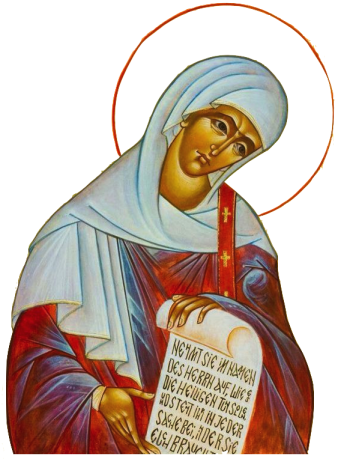
Breaking News
 Students at Harvard and MIT are dropping out amid growing fears--and opportunities...
Students at Harvard and MIT are dropping out amid growing fears--and opportunities...
 TSA To Privatize 'Touchless' Biometric Digital ID At Airports
TSA To Privatize 'Touchless' Biometric Digital ID At Airports
Top Tech News
 1,000 miles: EV range world record demolished ... by a pickup truck
1,000 miles: EV range world record demolished ... by a pickup truck
 Fermented Stevia Extract Kills Pancreatic Cancer Cells In Lab Tests
Fermented Stevia Extract Kills Pancreatic Cancer Cells In Lab Tests
 3D printing set to slash nuclear plant build times & costs
3D printing set to slash nuclear plant build times & costs
 You can design the wheels for NASA's next moon vehicle with the 'Rock and Roll Challenge
You can design the wheels for NASA's next moon vehicle with the 'Rock and Roll Challenge
 'Robot skin' beats human reflexes, transforms grip with fabric-powered touch
'Robot skin' beats human reflexes, transforms grip with fabric-powered touch
 World's first nuclear fusion plant being built in US to power Microsoft data centers
World's first nuclear fusion plant being built in US to power Microsoft data centers
 The mitochondria are more than just the "powerhouse of the cell" – they initiate immune...
The mitochondria are more than just the "powerhouse of the cell" – they initiate immune...
 Historic Aviation Engine Advance to Unlock Hypersonic Mach 10 Planes
Historic Aviation Engine Advance to Unlock Hypersonic Mach 10 Planes
 OpenAI CEO Sam Altman Pitches Eyeball-Scanning World ID to Bankers
OpenAI CEO Sam Altman Pitches Eyeball-Scanning World ID to Bankers
 New 3D-printed titanium alloy is stronger and cheaper than ever before
New 3D-printed titanium alloy is stronger and cheaper than ever before
Women Deacons? Here's Why Not

Who can be an icon of Christ? The question haunts me. Documents of the Second Vatican Council teach that all good people who are part of the Church…all these good people relying on the exquisite promise of Christ's resurrection are the Body of Christ. It would stand to reason, then that 'all good people' means precisely that. 'All good people' means all good men and…women.
Yet the Catholic Church has excised half its members from the fold. Cut free are all women. How? Women cannot be ordained to Church ministry, even though the clearest and most complete church histories include ordained women. What is the argument against ordaining women? The reduction of the complex reasoning is that women do not image Christ. Women cannot symbolize Christ. Women are not icons of Christ…It's a scandal. It's more than a scandal; it's a disfigurement on the entire body of Christ by those who would deny both history and theology…that it is probably formally heretical.
The above indictment is from Women: Icons of Christ, authored by Phyllis Zagano. This well-respected scholar is arguably the leading advocate for the ordination of women to the diaconate, an issue to which she has devoted her theological career. She was a member of the 2016 Commission for the Study of the Diaconate of Women established by Pope Francis, which was reconvened in 2020. However, the final reports of both commissions have not been made public; and regarding the outcome of the 2016 commission, Francis commented during a 2019 in-flight press conference that "all had different positions, sometimes sharply different, they worked together and they agreed up to a point. Each one had his/her own vision, which was not in accord with that of the others, and the commission stopped there." One can reasonably assume, due to its lack of publication, that the 2020 commission also failed to reach a consensus.
There are many in the Church who consider the ordination of women as deacons to be an unsettled question and are hopeful that perhaps newly-elected Pope Leo XIV will admit women to the diaconate. The fact is, during the early centuries of the Church women served as deaconesses—with the earliest reference found in St. Paul's Letter to the Romans when he acknowledges the service of Phoebe "who is a deaconess of the Church of Cenchreae" (Romans 16:1). The question is what exactly was the function and ecclesial status of deaconesses in the early centuries of the Church. Under the pontificate of John Paul II, the International Theological Commission (ITC) produced an exhaustive study of the permanent diaconate, titled: From the Diakonia of Christ to the Diakonia of the Apostles—published in 2002.

 RNA "Vaccines" in Your Food
RNA "Vaccines" in Your Food Rain Assistance Technology
Rain Assistance Technology


